If you're managing high blood pressure, staying active is essential—but not all workouts are created equal. Core and balance exercises can be especially beneficial, helping improve stability, posture, and overall cardiovascular health without spiking blood pressure. The key is choosing beginner-friendly movements that emphasize control, breathing, and gradual progression.
This guide offers 10 hypertension-safe core and balance tips, explaining what to do, why it works, and how to adapt each exercise for comfort and safety. Always consult your healthcare provider before starting any new routine, especially if you have pre-existing conditions.

Begin with deep belly breathing. Sit or lie down comfortably, place one hand on your chest and the other on your abdomen. Inhale deeply through your nose, letting your belly rise. Exhale slowly through pursed lips.
Why it works: This activates the parasympathetic nervous system, lowering heart rate and blood pressure. It also primes your core muscles for engagement without strain.
Adaptation: Perform for 5 minutes daily. Use a pillow under your knees if lying down causes discomfort.
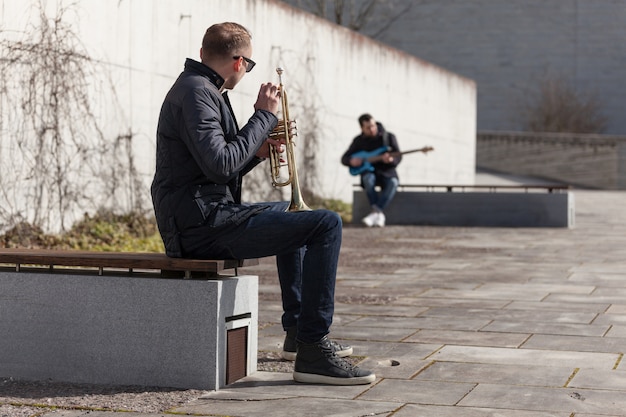
Sit tall in a sturdy chair, feet flat. Slowly lift one knee a few inches, then lower it. Alternate legs in a controlled march.
Why it works: Engages lower abdominal muscles and improves coordination without raising blood pressure. It’s low-impact and safe for all fitness levels.
Adaptation: Hold the chair arms for balance. Reduce range of motion if needed. Perform 2 sets of 10 reps per leg.
Walk in a straight line, placing the heel of one foot directly in front of the toes of the other. Keep arms out for balance or use a wall for support.
Why it works: Enhances proprioception and strengthens stabilizing core muscles. This functional movement reduces fall risk, especially important for those on blood pressure medications that may cause dizziness.
Adaptation: Perform along a countertop or hallway with support. Start with 10 steps and gradually increase.
Stand facing a wall, place hands on it at shoulder height. Step feet back until your body forms a slight diagonal. Engage your core and hold for 15–20 seconds.
Why it works: Builds core stability with minimal joint stress. The upright position avoids blood pressure spikes associated with floor planks.
Adaptation: Shorten the hold time if needed. Keep neck relaxed and breathe steadily.
Stand with feet hip-width apart, hands on hips. Lift one knee slowly while tightening your lower abs. Alternate legs.
Why it works: Combines balance and core engagement in a safe, upright position. Promotes postural control and circulation.
Adaptation: Use a chair for support. Focus on slow, controlled movements over speed.
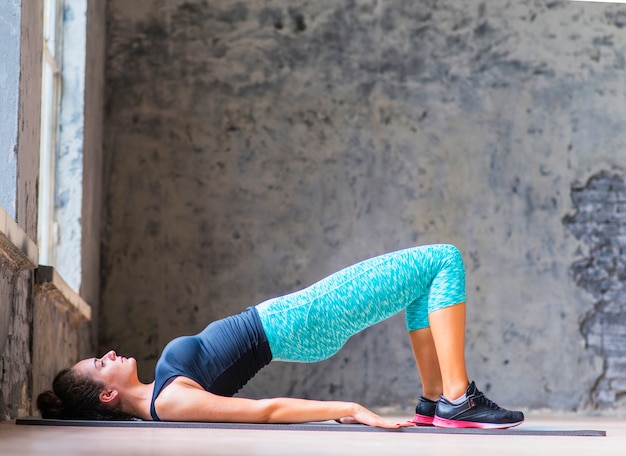
Lie on your back with knees bent or sit in a chair. Gently tilt your pelvis upward, flattening your lower back against the floor or seat. Release slowly.
Why it works: Targets deep core muscles like the transverse abdominis. Improves spinal alignment and reduces lower back strain.
Adaptation: Perform 10–12 reps. Can be done multiple times a day, even while watching TV.
Sit tall, hands on knees. Inhale, arch your back slightly, lifting your chest (cow). Exhale, round your spine, tucking your chin (cat).
Why it works: Enhances spinal mobility and engages core muscles rhythmically. The seated version is safe and promotes mindful breathing.
Adaptation: Reduce range of motion if you have back issues. Perform 8–10 slow cycles.
Hold a chair and lift one foot off the ground, balancing on the other leg for 10–15 seconds. Switch sides.
Why it works: Challenges balance and activates core stabilizers. Improves confidence in daily movements.
Adaptation: Keep eyes open and focus on a fixed point. Do not lock the standing knee.
Lie on your side, head supported. Lift the top leg slowly, keeping it straight. Lower with control. Repeat on both sides.
Why it works: Strengthens hip abductors and engages obliques. Low-impact and blood pressure-friendly.
Adaptation: Bend the bottom leg for stability. Perform 8–10 reps per side.
Stand with feet together, arms at sides. Focus on keeping your weight evenly distributed. Hold for 20–30 seconds.
Why it works: Enhances body awareness and engages core muscles to maintain posture. Can be done anywhere, anytime.
Adaptation: Open your arms slightly for balance. Perform near a wall if needed.
Building core strength and balance with hypertension is not only possible—it’s empowering. These beginner-friendly exercises promote long-term health, stability, and confidence, all while keeping your blood pressure in check.

Health

Health

Health

Health

Wellness
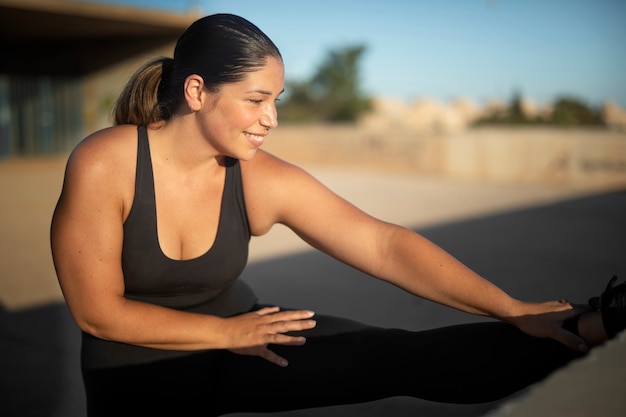
Fitness

Fitness
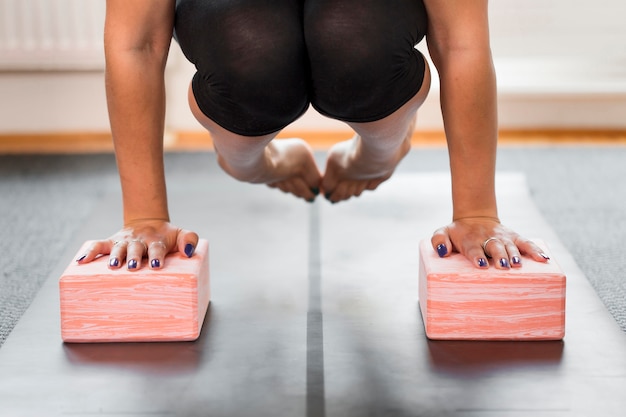
Fitness
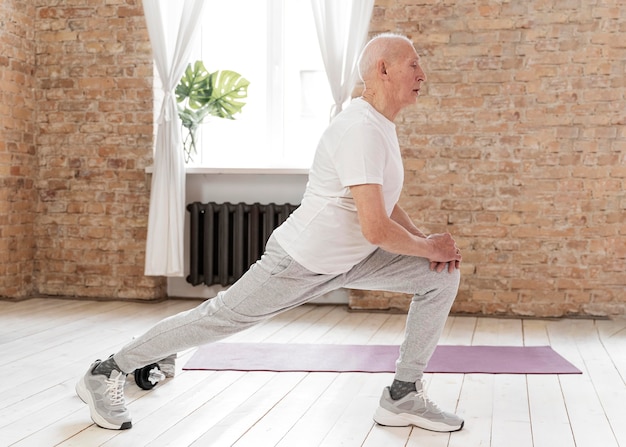
Fitness
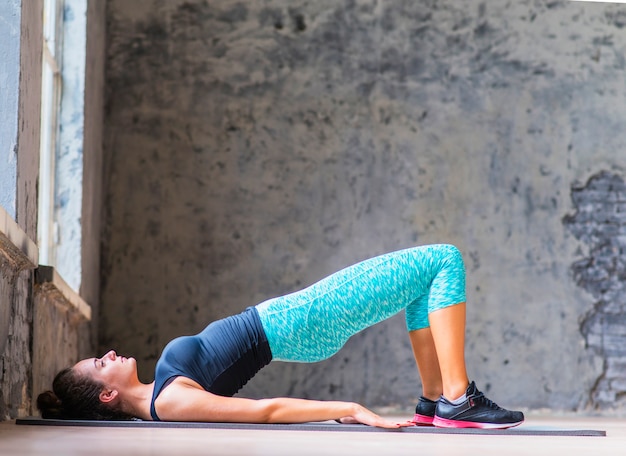
Fitness

Fitness
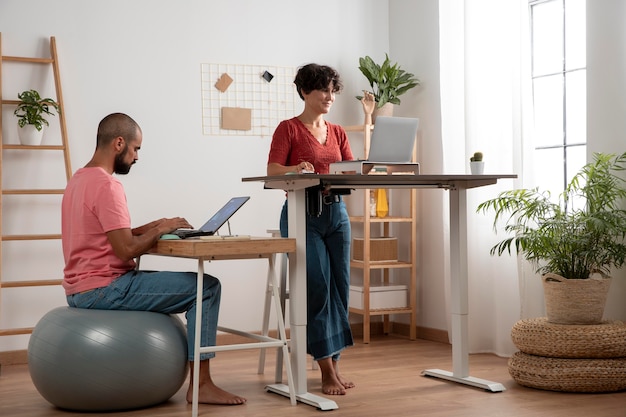
Wellness

Health

Fitness

Health

Health